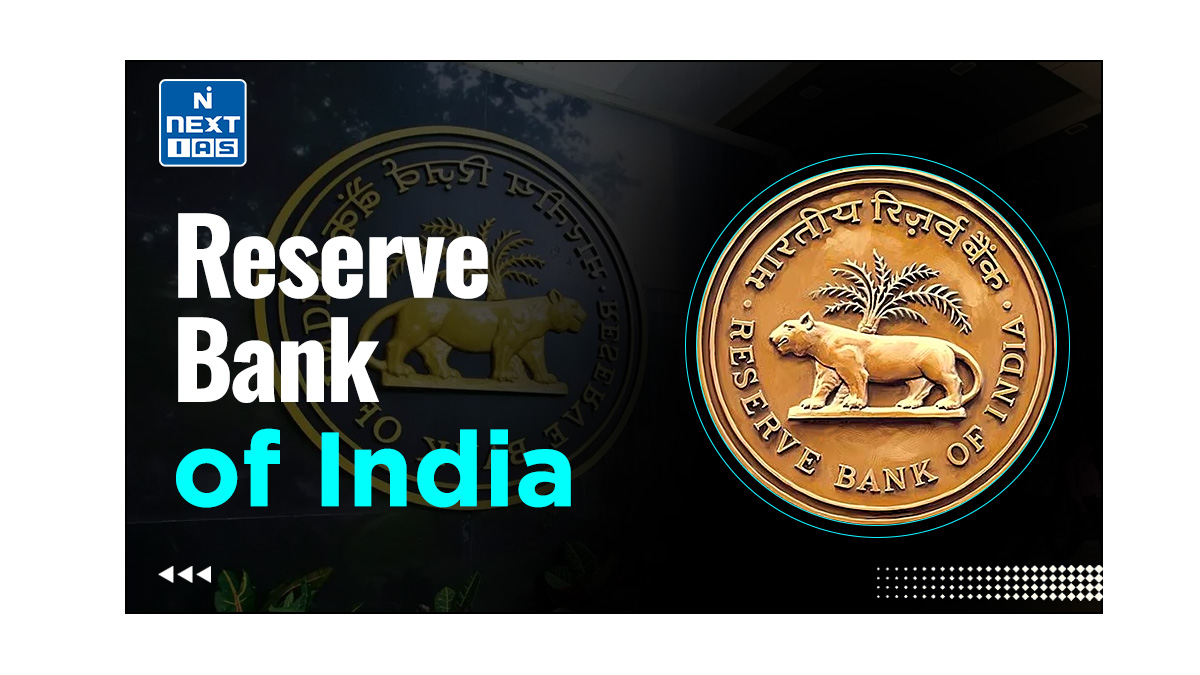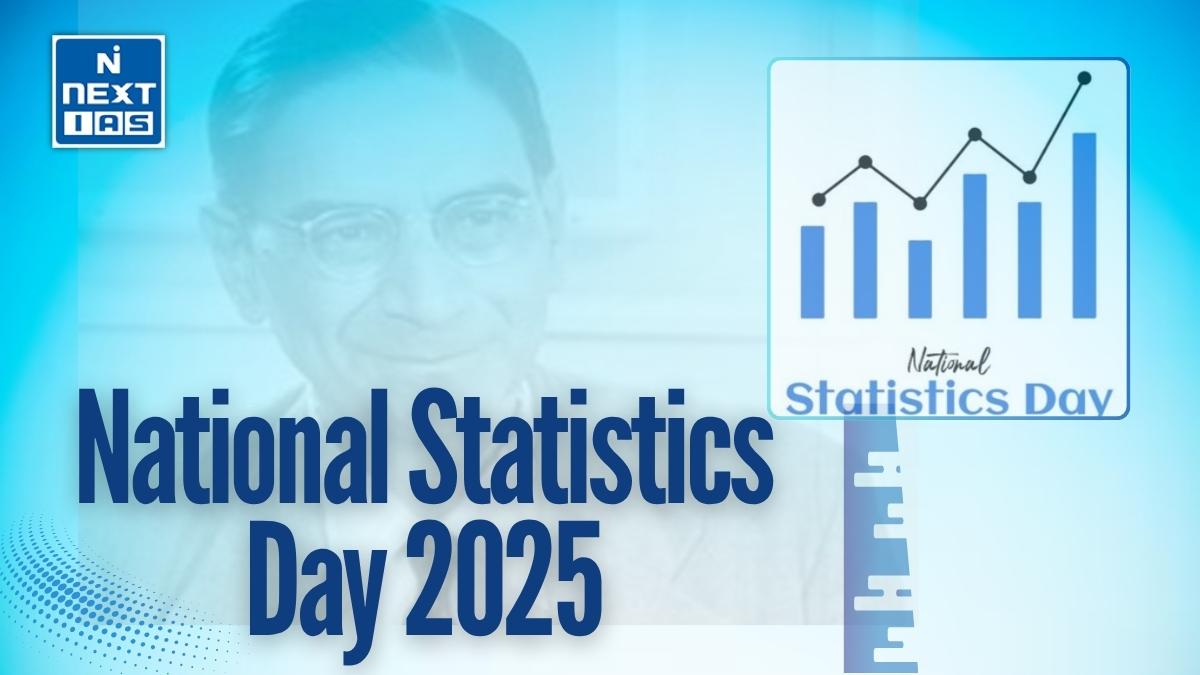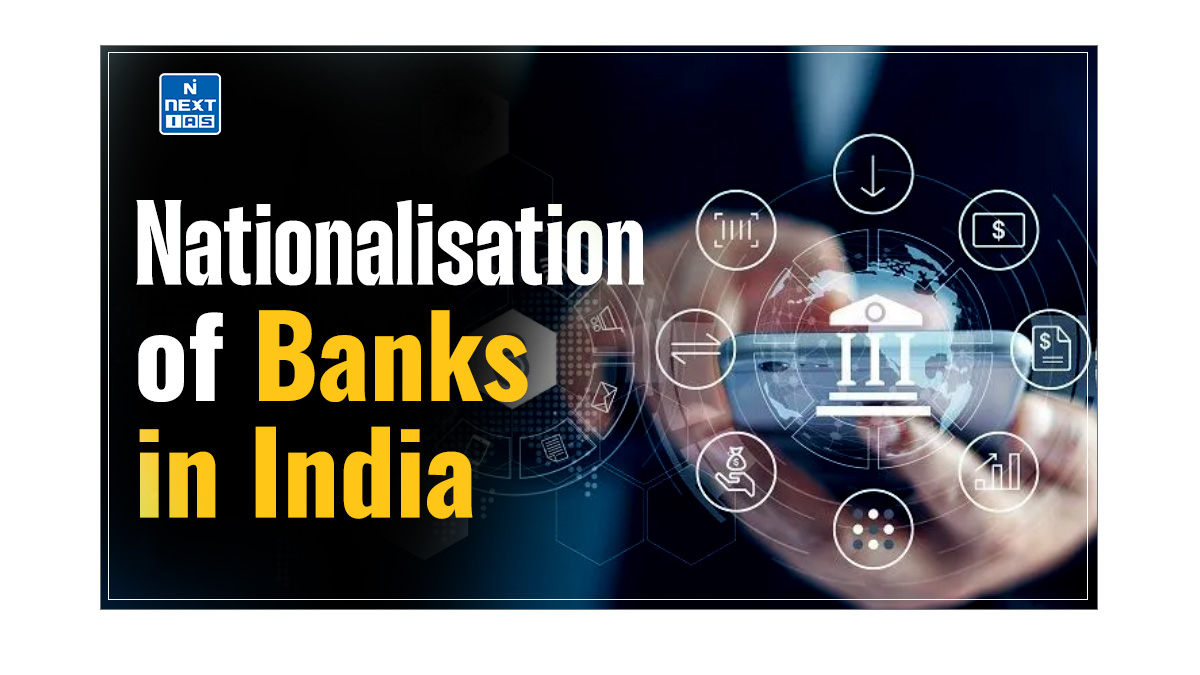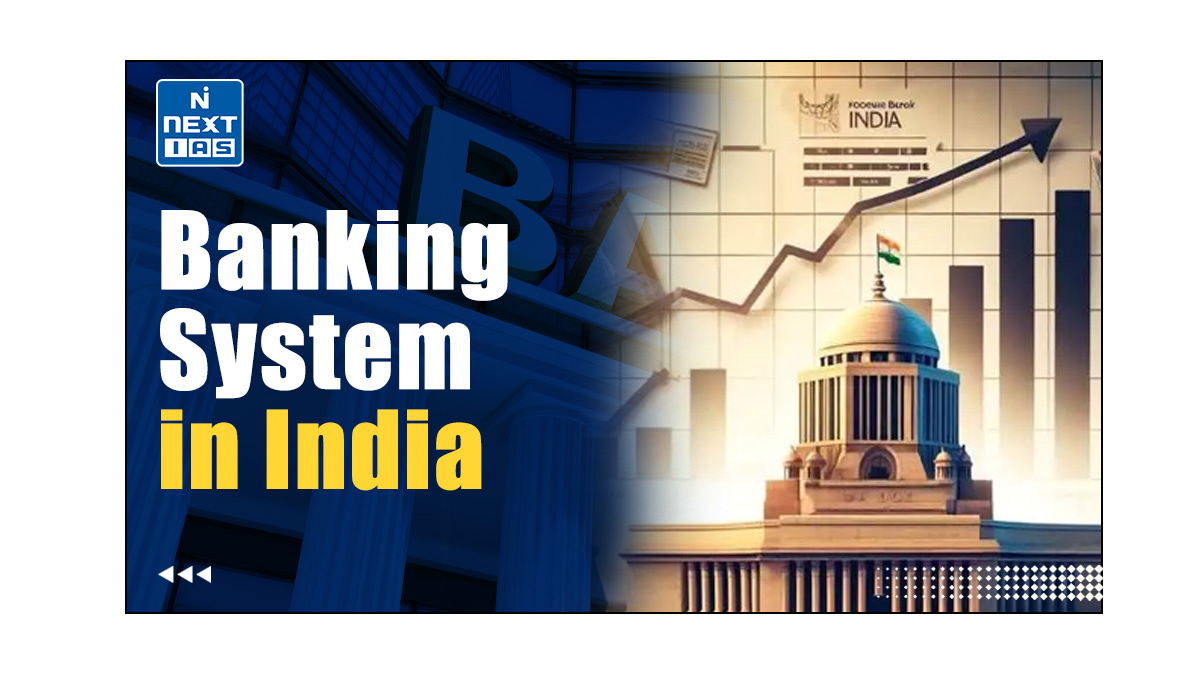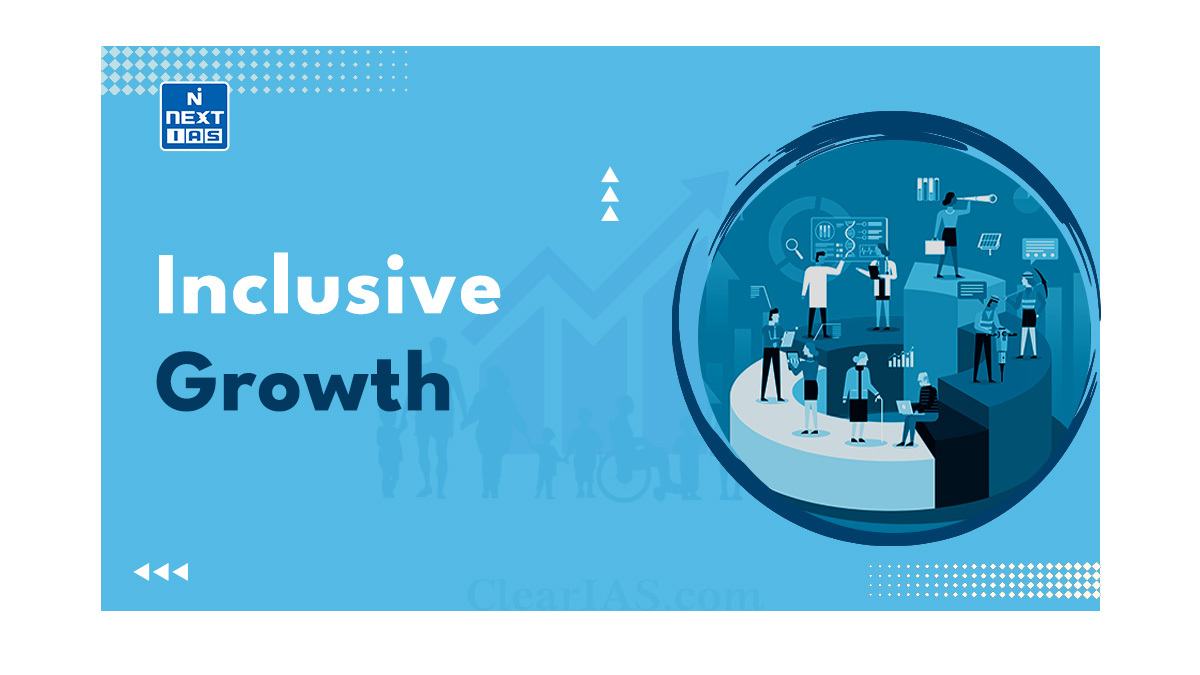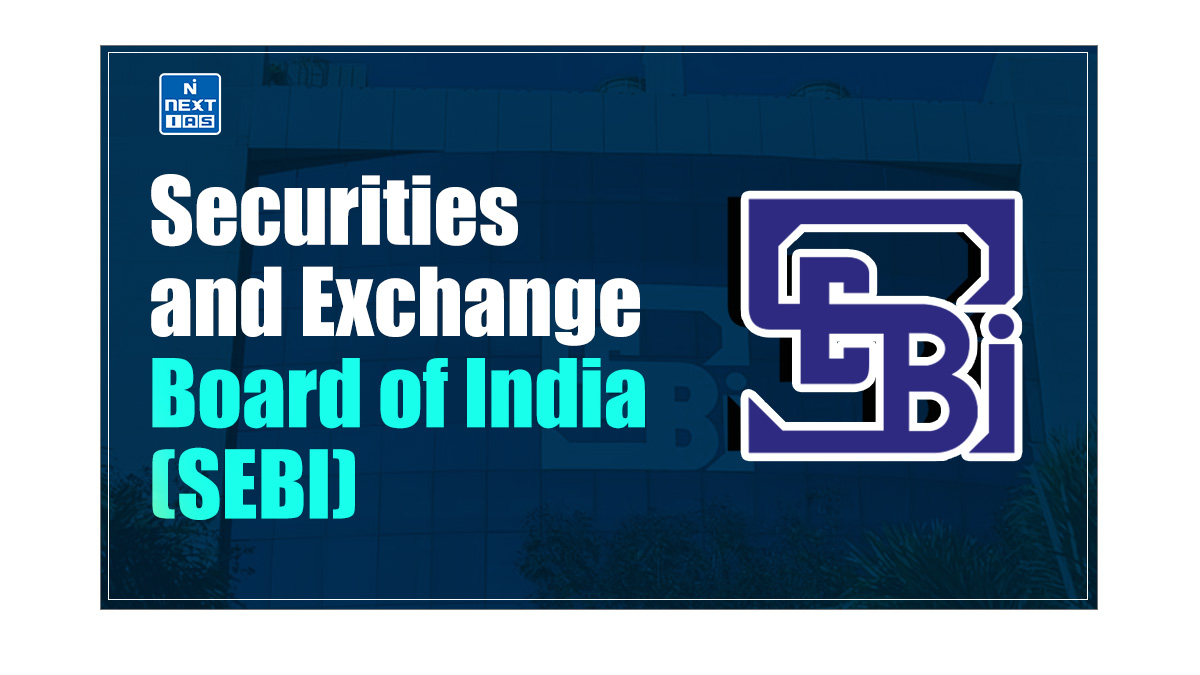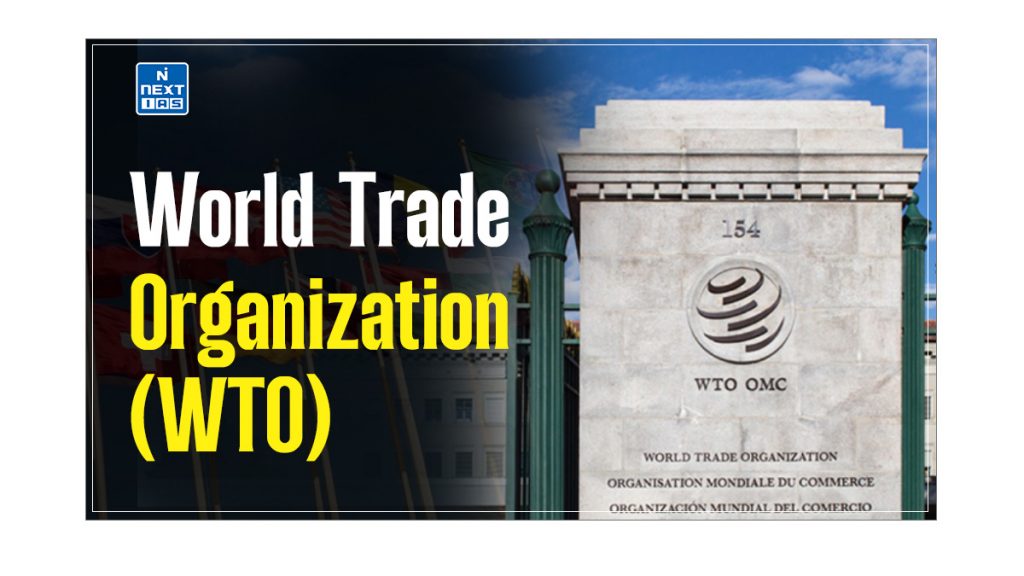
The World Trade Organisation (WTO) is a cornerstone of the healthy system of global trade. By promoting free and fair trade, and resolving related disputes, it plays a crucial role in encouraging economic growth. This article aims to study in detail the World Trade Organisation, its objectives, evolution, organisation structure, functions and other related concepts.
About World Trade Organisation (WTO)
- World Trade Organisation is a global multilateral organisation established in 1995 for the rules based trading between the nations of the world.
- It is a global membership group that promotes and manages free trade.
- It serves as a forum for governments to negotiate trade agreements and settle trade disputes.
- Overall, it aims to help producers of goods and services, exporters, and importers conduct their international businesses smoothly.
- At present, the WTO consists of
- 164 members (including European Union), and
- 23 observer governments (like Iraq, Iran, Bhutan, Libya etc).
Key Objectives of WTO
- To set and enforce rules for international trade to stimulate economic growth and employment.
- To provide a forum for negotiating and monitoring further trade liberalisation by lowering trade barriers and applying principles of known discrimination.
- To resolve trade disputes and contribute to the peace and stability of the world.
- To increase the transparency of decision-making processes, thereby giving the weak a stronger voice.
- To cooperate with other major international economic institutions involved in global economic management.
- To help developing countries take full benefits from the global trading system, thereby cutting the cost of doing business.
- To encourage good governance by reducing arbitrariness.
Evolution of World Trade Organisation
Though the WTO came into existence on 1st January 1995, the history of its establishment dates back to 1945.
Idea of International Trade Organisation (ITO)
- After World War II, Western Countries came out with an idea to create an International Trade organisation (ITO) to handle the trade side of the international economic cooperation.
- It was conceived as the third international institution along with two “Bretton woods” institutions and as a specialized agency of the UN.
- However, the major countries, including the USA, failed to get this treaty ratified in their respective legislatures.
- Thus, this treaty became a dead letter.
General Agreements on Trade and Tariff (GATT)
- An agreement called the General Agreement on Tariffs and Trade (GATT) was signed by 23 countries in Genava, and came into force on Jan. 1, 1948 with the purpose of phasing of import quotas and reducing tariffs on merchandise trades.
- During the period 1948 to 1994, most of the world trade was governed by the General Agreement on Tariffs and Trade (GATT).
Uruguay Round of 1986-94
- With the world trade becoming more and more complex, GATT was not able to deal with it.
- The final chapter of the trade negotiations under GATT was the Uruguay Round which was the most extensive of all.
- The Uruguay Round of GATT led to the formation of WTO and a new set of agreements.
Era of World Trade Organisation
- The WTO regime was signed during the April 1994 ministerial meeting at Marrakesh, Morocco, and hence is known as the Marrakesh Agreement.
- The contracting parties of GATT 1947 automatically became the members of WTO and then the agreement was opened to be accession by other countries.
GATT Vs WTO
The World Trade Organisation is not simply a continuation of the GATT. It, rather, has a completely different character. The difference between the two can be seen as follows.
| Basis of Difference | General Agreements on Trade and Tariff | World Trade Organisation |
|---|---|---|
| Institutional of Foundation | A series of rules, a multilateral agreement without an institutional foundation and with just an ad hoc secretariat, originating from the attempt to establish an International Trade organisation in the 1940s. | A permanent institution with its own secretariat. |
| Applicability | GATT rules applied to trade in goods only. | The WTO covers trade in goods as well as services and also trade-related aspects of intellectual property rights. |
| Disputes Settlement System | GATT has less powerful dispute settlement system which is also slow and less efficient, and its ruling could be easily blocked. | The dispute settlement system of the WTO is based on automatic mechanism, and not on dilatory mechanisms. It is also quicker and binding on the members. |
India and World Trade Organisation
- India has been member of the GATT since 1948.
- Indian was also a party to Uruguay Round and a founding member of the World Trade Organisation.
Organisational Structure of WTO
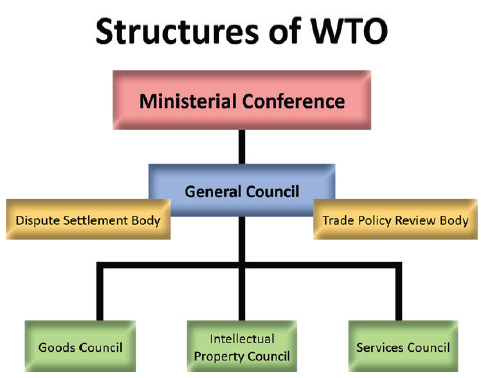
Ministerial Conference (MC)
- The Ministerial Conference (MC) sits at the top of the structural organisation of the WTO.
- It is the supreme governing body that makes the final decisions on all matters.
- It is constituted by representatives of all the member countries, who are usually, Ministers of Trade of the respective countries.
- It usually meets after every 2 years.
General Council (GC)
- The General Council is the highest-level decision-making body of the World Trade Organisation.
- It is located in Geneva, and meets regularly to carry out the functions of the World Trade Organisation.
- The General Council (GC) is composed of representatives from all the members.
- It is the real engine of the Organisation, which acts on behalf of the Ministerial Conference (MC).
- It also acts as the Dispute Settlement Body (DSB) as well as the Trade Policy Review Body.
Three Councils of WTO
- There are three WTO councils operating under the General Council. They include:
- Council for Trade in Goods,
- Council for Trade in Services, and
- Council for Trade-Related Aspects of Intellectual Property Rights (TRIPS)
- These Councils, with their subsidiary bodies, carry out their designated specific responsibilities.
Director General (DG)
- The administration of the World Trade Organisation is conducted by the Secretariat, headed by the Director General (DG)
- The Director General (DG) is appointed by the Ministerial Conference (MC) for a tenure of four years.
- The Director General (DG) is assisted by the four Deputy Directors from different member countries.
Trade Policy Review Body (TPRB)
- The General Council meets as the Trade Policy Review Body (TPRB) to undertake trade policy reviews of members under the Trade Policy Review Mechanism (TPRM) and to consider the Director-General’s regular reports on trade policy development.
- Thus, the TPRB is open to all the members of the WTO.
Dispute Settlement Body (DSB)
- The General Council convenes itself as the Dispute Settlement Body (DSB) to deliberate upon and resolve the disputes among the WTO members.
- Such disputes may arise w.r.t. any agreement contained in the Final Act of the Uruguay Round that is subject to the Understanding of Rules and Procedures Governing the Settlement of Disputes (DSU).
- The DSB has the authority to:
- establish dispute settlement panels,
- refer matters to arbitration,
- adopt panel, Appellate Body and arbitration reports,
- maintain surveillance over the implementation of recommendations and rulings contained in such reports, and
- authorise suspension of concessions in the event of non-compliance with those recommendations and rulings.
Appellate Body
- The Appellate Body was established in 1995 under Article 17 of the Understanding on Rules and Procedures Governing the Settlement of Disputes (DSU).
- The DSB appoints persons to serve on the Appellate Body for a term of four years.
- It is a standing (permanent) body of 7 persons that hears appeals from reports issued by panels in disputes brought by members of the World Trade Organisation.
- The Appellate Body can uphold, reverse or modify the legal findings and conclusions of a panel.
- Once adopted by the Dispute Settlement Body (DSB), the reports of the Appellate Body must be accepted by the parties to the dispute.
- The seat of the Appellate Body is in Geneva, Switzerland.
Principles of World Trade Organisation
Non-Discrimination
- Non-discrimination is a fundamental principle of the multilateral trading system and is recognized, in the Preamble of the WTO Agreement, as a key instrument to achieve the objectives of the World Trade Organisation.
- In the Preamble, its members express their desire to eliminate discriminatory treatment in international trades.
- Non-discrimination in the World Trade Organisation is embodied by two principles as explained below:
Most Favored Nation (MFN)
- Pursuant to the WTO agreements, countries cannot discriminate among their trading partners.
- If a Member grants to a country a special favour (e.g. a lower customs duty on any of its products) it must grant the same favour immediately and unconditionally to all WTO members.
- The MFN principle applies to trade in goods, trade in services, as well as trade-related aspects of intellectual property.
Exceptions to MFN Rule
- Countries can set up a Free Trade Agreement (FTA) that applies only to goods traded within the group, discriminating against goods from outside.
- They can give developing countries and LDCs a special access to their markets.
- A country can raise barriers against products that are considered to be traded unfairly from specific countries.
- In services, countries are allowed (in limited circumstances) to discriminate.
National Treatment Obligation
- It states that, Imported and locally-produced goods in a country should be treated equally once the foreign goods have entered the domestic market.
- The same should apply to domestic and foreign services, and to local and foreign trademarks, patents and copyrights.
- This principle of “national treatment” is also found in all three main WTO agreements.
Free Trade and Market Access
- Lowering trade barriers for encouraging trade is one of the prime objectives of the WTO.
- The two main categories of barriers to market access for goods are – Tariff Barriers and Non-Tariff Barriers.
- Thus, the WTO Principles ask for the following in order to achieve its objective of promoting free trade and market access:
Reducing Tariff Barriers
- One outcome of the Uruguay Round was countries’ commitments to cut tariffs and to “bind” their customs duty rates to levels that cannot be easily increased.
- In the Uruguay Round, there was also a significant increase in the number of “bound” tariffs.
- A “bound tariff” is a tariff for which there is a legal commitment not to raise it above the bound level.
- The bound level of the tariff is the maximum level of customs duty to be levied on products imported into a member country.
Reducing Non-Tariff Barriers
- Non-tariff barriers include quantitative restrictions (such as quotas) and other barriers (for example, lack of transparency in trade regulation, unfair and arbitrary application of trade regulations, customs formalities, technical barriers to trade and government procurement practices).
- WTO rules prohibit the introduction or maintenance of quantitative restrictions.
- The only restrictions on free trade that the WTO permits are duties, taxes or other charges, and safeguards or emergency actions in limited circumstances.
Promoting Fair Competition
- The WTO system of multilateral trading system provides for transparent, fair and undistorted competition among the various countries.
- Rules such as Most Favored Nation (MFN) treatment to all trading parties, equal treatment to foreign goods, patents and copyrights as with nationals ensure fair competition among trading countries.
- Besides, the WTO agreement provides for discouraging unfair competitive practices, such as dumping and export subsidies.
Special Concern for Developing Countries
- The WTO agreements include numerous provisions giving developing and LDCs special rights or extra leniency, known as “Special and Differential Treatment”.
- It includes provisions that allow developed countries to treat developing countries more favourably than other members of the World Trade Organisation.
- Other measures include:
- Extra time given to developing countries for fulfilling their commitments in respect of various WTO agreements.
- Provisions designed to increase developing countries’ trading opportunities through greater market access.
- Provisions requiring the members of the World Trade Organisation to keep and protect the interests of developing countries while adopting any domestic or international measures (e.g., in anti-dumping, safeguards, technical barriers to trade).
WTO Dispute Settlement Mechanism
- The responsibility of settling disputes lies with the Dispute Settlement Body (DSB), which consists of all the members of the World Trade Organisation.
- The detailed process of Dispute Settlement by the World Trade Organisation is as follows:
Process of Dispute Settlement
- First stage: Consultation up to 60 days, aimed at settling the trade disputes through conciliation.
- Second stage (up to 1 year): In case the consultations fails to settle the dispute, the DSB forms a Dispute Panel.
- The report of the Dispute Panel can be rejected only through consensus among the DSB members.
- Appeal Stage: Either side can appeal the Dispute Panel’s ruling.
- Each appeal is heard by three members of a permanent 7-membered Appellate Body.
- The Appellate Body can uphold, reverse or modify the Dispte Panel’s rulings.
- The Dispute Settlement Body has to accept or reject the report of the Appeallate Body; Rejection of its report is only possible by consensus.
Present Issue with Dispute Settlement Mechanism
- The sanctioned strength of the Appellate Body (AB) is seven members.
- The Appeallate Body members are appointed through consensus among the member countries.
- The AB must have quorum of 3 judges to hear a particular case.
- US has been blocking appointment of members to the Appellate Body (AB) as it feels that the AB is “unfair” and biased against it.
- Since December 10, 2019, the AB has been left with only 1 Judge and the quorum required to hear a case is minimum 3 judges. Hence, the Appellate Body has become dysfunctional.
WTO Agreements
- The World Trade Organisation oversees about 60 different agreements, all of which have the status of international legal texts.
- Member countries, on accession, must sign and ratify all WTO agreements.
- Some of the most important agreements are shown as follows:
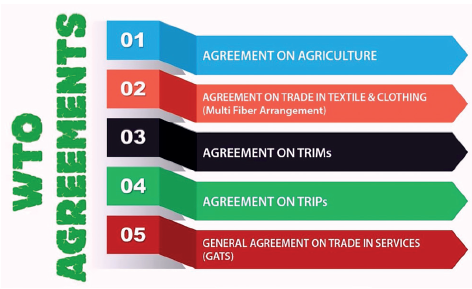
Read our detailed article on the WTO Agreements.
Important WTO Ministerial Conferences
- Ministerial Conference (MC) of the World Trade Organisation is the supreme governing body which takes the final decisions on all matters.
- It consists of the representatives of all the members of the World Trade Organisation members, who are, usually, the Ministers of Trade of the respective countries.
- The Ministerial Conference, usually, meet after every 2 years.
Read our detailed article on Important WTO Ministerial Conferences and their Major Outcomes.
Challenges and Issues with WTO
- China’s State Capitalism: Given the size and growth of Chinese economy, the nature of China’s economic system has created tensions in the global trading system. The rulebook of the World Trade Organisation is inadequate for addressing the challenges posed by the Chinese economy.
- Plurilateral Vs. Multilateral Agreements: The debate has arisen between the developing and developed countries w.r.t. the nature of trade negotiations under the World Trade Organisation. While the developed countries have been pushing for plurilateral agreements, developing countries led by India want the continuation of multilateral framework in order to take into account the special needs and interests of poor and developing countries.
- Agreement on Fishery Subsidies: Its member countries are presently negotiating a multilateral treaty of Fishery Subsidies, which seeks to prohibit and ban certain forms of fisheries subsidies that contribute to overfishing and overcapacity. While the developed countries have been insisting that larger developing countries like India and China should not continue to get special and differential treatment, India has argued that special and differential treatment should be built into the fisheries subsidies agreement.
- Agreement on e-Commerce: The developed countries led by the USA have put forward a number of proposals which include tackling barriers that prevent cross-border sales, addressing forced data localisation requirements, and permanently banning customs duties on electronic transmissions, among others. India has clearly stated that it is against any binding rules in e-commerce.
- Permanent Solution to Public Stock Holding: India has been demanding a permanent solution on Public stockholding in order to implement National Food Security Act. At the Bali Ministerial Conference (December 2013), India secured a “peace clause”. Under this clause, if India exceeds the 10% subsidy limit set by the Agreement on Agriculture (AoA), other member countries will not initiate legal action through the dispute settlement mechanism.
- In 2014, India forced developed countries to clarify and assure that the peace clause will continue indefinitely until a permanent solution is found.
- Lack of Transparency: There is no universally accepted definition of what qualifies as a developed or developing country. Members can self-designate as developing countries to receive “special and differential treatment,” a practice that is often contested.
- Defunct Dispute Settlement Body: The Dispute Settlement Body (DSB) has been lying defunct since last many years due to non-appointment of judges in the Appellate Body (AB).
Suggested Reforms in WTO
- New Set of Rules: Modernizing the World Trade Organisation will require the development of a new set of rules for dealing with e-commerce and digital trade.
- Tackling Chinese Threats: World Trade Organisation also needs to deal more effectively with China’s trade policies and practices, including threats arising from the state-owned enterprises and industrial subsidies.
- Environmental Sustainability: Given the pressing issues around climate change, enhancing efforts to align trade policies with environmental sustainability could address climate challenges and rejuvenate the World Trade Organisation.
Conclusion
The World Trade Organisation remains a cornerstone of the global trading system. As the global economic interaction becomes more and more complex, its role in facilitating international trade, resolving disputes, and fostering economic cooperation is more critical than ever. Necessary reforms must be carried out in the World Trade Organisation to address emerging trade issues and ensure that the benefits of global trade are shared equitably.
Frequently Asked Question
What is the full form of WTO?
WTO full form is World Trade Organisation, which is an international organisation working to ensure rules-based trading between the nations of the world.
